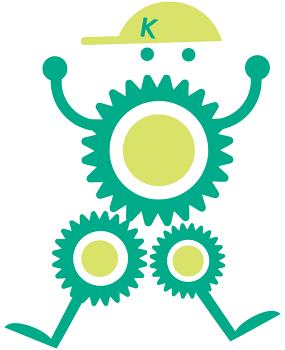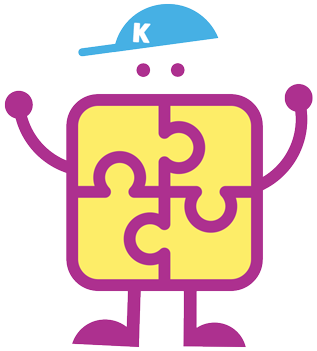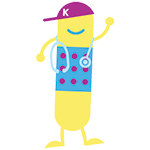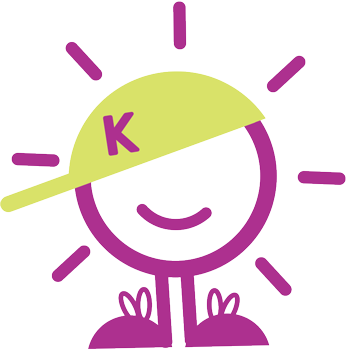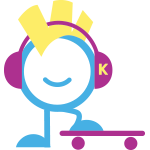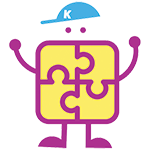Constipation isn’t just about how often you stool
Constipation is so common!
I find many kids nowadays eat too much processed food, too little fiber, and way too little water.
In fact many adults do the same.
Constipation isn’t just about how often you stool, but about the consistency as well. Your child should stool at least once per day, it should be soft, should not hurt to push out, and it should take less than a few minutes.
Many adults and kids are used to sitting on the toilet for long periods of time and pushing out hard, large volume or marble-like stools.
This is not normal.
1. Eat More Fiber
More fruits, vegetables, and replacing white pasta, rice, and bread with the brown, whole grain variety. Kids less than 3 need about 20 g of fiber a day and kids 4-10 need about 25-30 g. Teens needs 30-40g/day
You can find the fiber content of your favorite foods online easily!
2. Drink A Lot Of Fluid
Most children require a liter to 2 of water per day. Many children drink too much pop and other caffeinated beverages and these act as diuretics, opposite to water.
3. Bowel Routine
I suggest putting a child on the toilet after every meal. Yes, after breakfast, lunch and dinner. This makes it so you don’t have to battle about when your child goes to the washroom.
If your child routinely goes after meals you lose the battle of “go to the washroom”, ‘no’, ‘go now!’… Due to this routine, my children actually stool several times a day after meals with no battle.
4. Toilet Training
My suggestion is to start putting children on the toilet after meals as soon as they show any interest.
For my kids that was around18 months. They were very few successes at that time, but when they did have an “accidental success”, we had a huge party.
Then you reward with whatever works for them. My older son was rewarded with M&Ms. My younger son likes stickers. Then as they get older, they have more “accidental successes” and they start to connect the dots. Again, the goal is a non-stressful training habit. No pressure.
5. Medication
Once constipation starts, it is easy to stop, however can take many months to get back on a normal routine. Once you have been constipated, the bowel starts to stretch out, and this can take a number of months to go back to normal.
Therefore, treating constipation is not a quick fix. In addition to starting more fluid and more fiber, I often use medication that brings fluid into the stool, called Peg 3350. Some people benefit from a suppository for constipation such as glycerine or an enema initially as well. Ask your doctor about this if you need.



